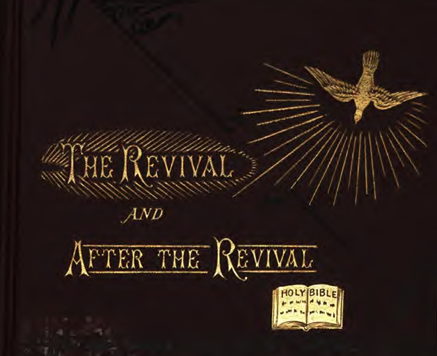Now in much of this, there is something that shocks one’s notions of propriety. The unrepentant sinner, scoffing as he would if he dared, cannot quite quiet his conscience to that point. There seem to be strange possibilities filling the very air of the place. Yes, “the music is inartistic.” However, royal gospel truths ride on those harsh notes. And where the King is, that place, however poor, is chariot and palace and throne.
Our critic might be able to point out weak, ignorant, or inconsistent souls among the faithful brothers at the altar.These are people about whom the tongue of suspicion has been busy, or about whom local prejudice and misrepresentation have been whispered, so that, even though no one knows anything bad about them, most people don’t trust their high profession. But people slandered Christ, and saints of all ages have been abused. However, Judas’ presence did not detract from the authority of Christ and his disciples. Our critic may be a “ritualist,” and he is “disgusted,” but then he was disgusted at Pentecost. Or he may be an advocate for “decency and order,” but so was Saul’s proud daughter when David leaped and laughed in holy joy before the ark of God. Our critic may be a philosophical and aesthetic formalist. He calls this “worse than folly.” But this was his opinion when, at the triumphal entry of the Son of David into the temple, shouts of “Hosanna” rent the skies. He calls it “madness,” but so did Festus when he felt the power of Paul’s earnestness, and so did the scribe and Pharisee when tongues of fire crowned the heads and melted the hearts of believers on that first day of power.
But this I notice, when the revival is over, ritualists and formalists are equally anxious to accept as Church members the very persons who, in the storm of religious revival, have been swept like shells and pearls from the deep sea to the pebbly beach.
By J. H. VINCENT
Updated 2023 Nathan Zipfel
